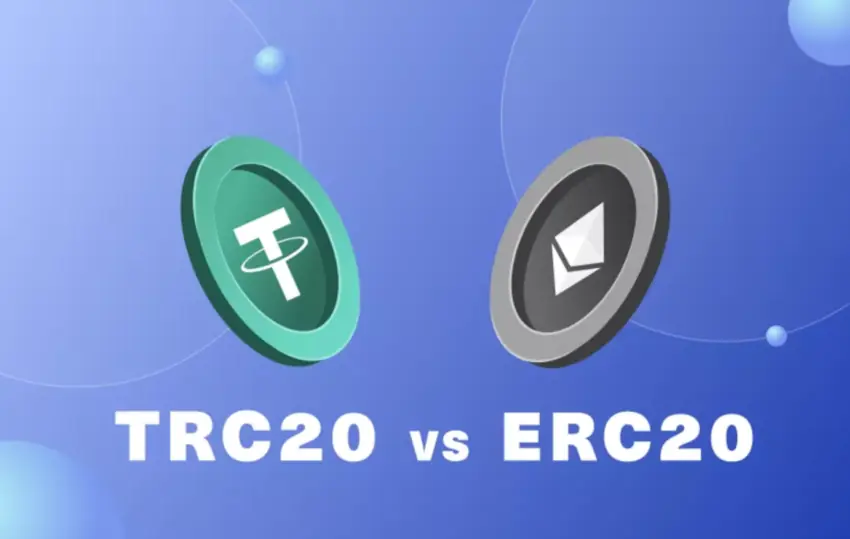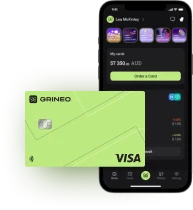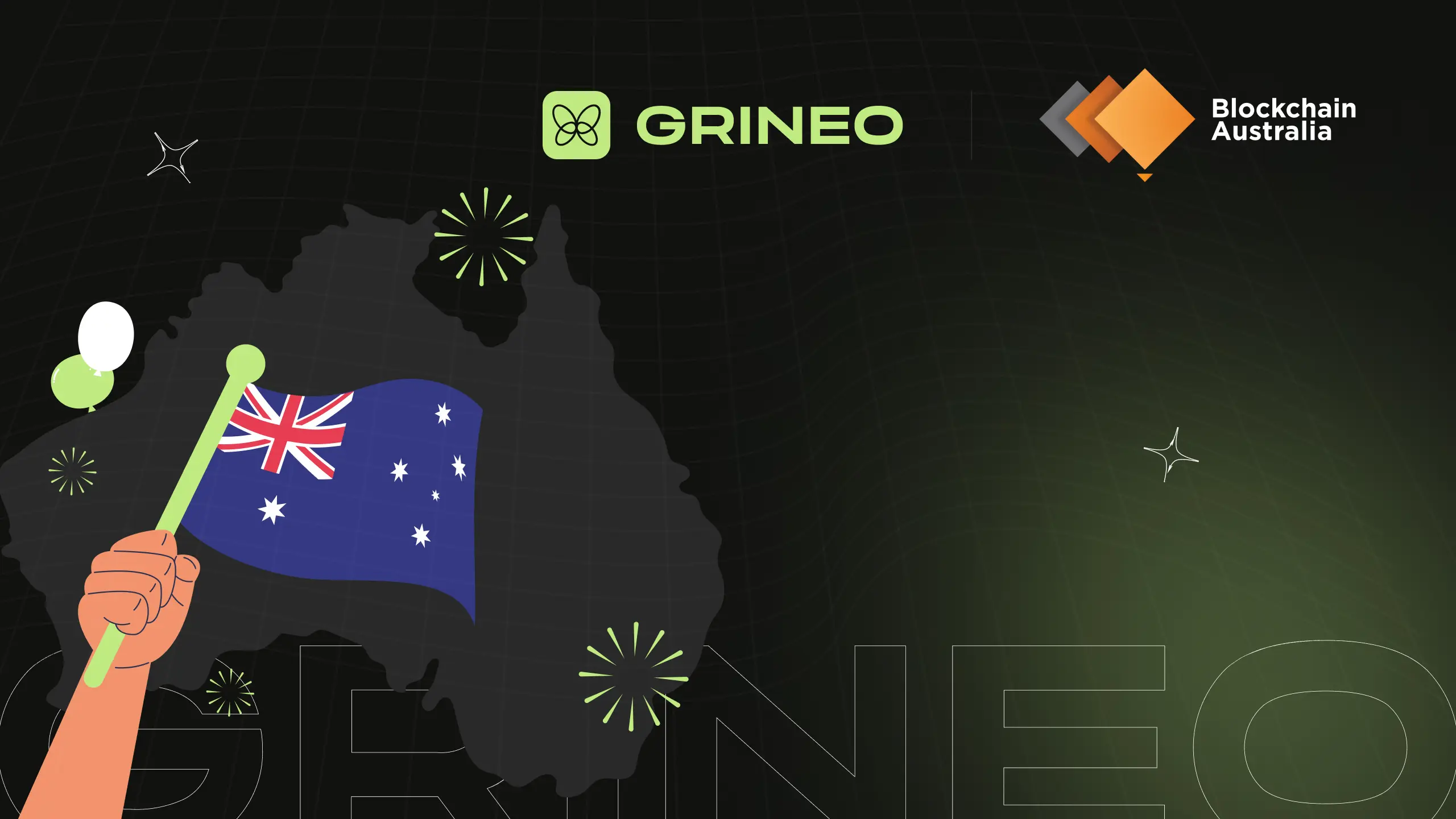ERC-20 vs TRC-20 for USDT: What’s the Difference?

When it comes to cryptocurrencies, USDT (Tether) has become one of the most widely used stablecoins. However, different token standards can be used for USDT, with ERC-20 and TRC-20 being two popular options. These token standards define the rules and functionalities of the tokens.
In this article, we will explore the differences between ERC-20 and TRC-20 for USDT and understand how these standards impact the usability and compatibility of the cryptocurrency.
Understanding USDT
USDT, also known as Tether, is a popular stablecoin in the world of cryptocurrencies. It was designed to maintain a 1:1 ratio with the US dollar, providing stability and mitigating price volatility common in other cryptocurrencies.
USDT is widely used for trading and storing value on various cryptocurrency exchanges. It allows users to hold digital assets that mimic the value of traditional fiat currency, making it a convenient tool for traders and investors in the crypto market.
What Are Token Standards?
Token standards are a set of guidelines or protocols that define how tokens should be created and behave on a blockchain network. These standards ensure compatibility, interoperability, and ease of use for different tokens within the same ecosystem.
They establish a common framework for token functionality such as transfers, balances, and approvals. Among the most popular token standards are ERC-20 and TRC-20, which have been widely adopted for creating tokens on the Ethereum and TRON blockchains respectively.
ERC-20 Tokens
ERC-20 tokens are standardized tokens on the Ethereum blockchain that follow a set of rules and protocols. They have become the most popular standard for creating and managing tokens on the Ethereum network.
ERC-20 tokens provide interoperability, allowing them to be easily exchanged and transferred between different wallets and platforms. These tokens have a wide range of use cases, including representing digital assets, loyalty points, voting rights, or as a medium of exchange within decentralized applications (dApps).
Widespread Adoption: ERC-20 tokens, including USDT, have been widely adopted across various decentralized finance (DeFi) platforms and applications built on the Ethereum blockchain.
Liquidity: ERC-20 tokens usually have higher liquidity on decentralized exchanges (DEXs) and centralized exchanges that support Ethereum-based tokens.
Compatibility: If you are dealing with platforms or wallets that primarily support Ethereum-based assets, using USDT ERC-20 might be more convenient.
TRC-20 Tokens
TRC-20 tokens are a token standard on the TRON blockchain. Similar to ERC-20, TRC-20 provides a set of rules and protocols for creating and managing tokens.
Developed by the Tron Foundation, TRC-20 tokens offer compatibility with the Tron ecosystem, enabling seamless integration with Tron-based decentralized applications (dApps) and wallets. TRC-20 tokens have gained popularity due to low transaction costs on the Tron network as well as their high scalability and fast confirmation times.
Transaction Speed: TRC-20 transactions on the TRON network generally have faster confirmation times and lower fees compared to ERC-20 transactions on the Ethereum network.
Ecosystem: If you are primarily using platforms or applications built on the TRON blockchain, using USDT TRC-20 might provide better compatibility and efficiency.
Interoperability: TRC-20 tokens may be more suitable if you plan to interact with TRON-based decentralized applications (DApps) or exchanges that support TRC-20 tokens.
Comparison between ERC-20 and TRC-20 for USDT

ERC-20 is the token standard on the Ethereum blockchain, offering widespread compatibility with Ethereum-based dApps and wallets. On the other hand, TRC-20 tokens are built on the Tron blockchain, providing compatibility with Tron’s ecosystem.
In essence, ERC-20 has a wider range of applications and grants access to more services in DeFi and the crypto ecosystem, while TRC-20 is typically faster and cheaper to use, arguably making it better for peer-to-peer transactions that don’t involve DeFi services.
Choosing ERC-20 or TRC-20
In conclusion, the choice between ERC-20 and TRC-20 for USDT integration depends on specific needs and considerations. While ERC-20 offers compatibility with Ethereum’s ecosystem, TRC-20 provides access to Tron’s network.
Factors such as transaction costs, scalability, and network speed should weigh in the decision-making process. As both blockchains continue to evolve and improve, it is essential to monitor their developments and adapt accordingly for future integrations.









